Thumb Position
Much can be read into the position of the thumb — where it sits in the hand. According to The Study of Palmistry, the following qualities can be determined by where the thumb is situated on the hand
Thumb Position
Too high: Denotes idiocy (especially if the thumb is also short and ill-shaped.)
High: Lack of adaptability. Meanness in money matters.
Low: Generosity, intelligence.
Normal: No specific meaning; the meaning can instead be derived by the size and shape of the thumb.
Close to the fingers: Avarice (Extremely Strong desire for money and possessions).
Away from the fingers: Spendthrift disposition
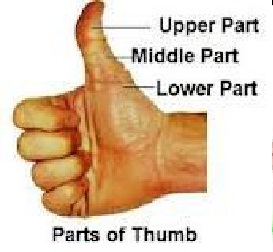 Thumb Size: The size of a thumb can also spread light on the personality of the individual. People with very long thumbs live in their heads and can be stubborn, while those with short thumbs are said to be weak-minded. On the other hand (sorry about the pun!), long thumbs show an ideal mix in the capacity for thought and action.
Thumb Size: The size of a thumb can also spread light on the personality of the individual. People with very long thumbs live in their heads and can be stubborn, while those with short thumbs are said to be weak-minded. On the other hand (sorry about the pun!), long thumbs show an ideal mix in the capacity for thought and action.
Very long thumbs: If the bearer bears very long thumbs, he or she is said to be governed by the head rather than the heart, and to be obstinate and not always wise.
Long thumbs: The subject is his (or her) own master here. Fine capacity for thought and action are denoted here.
Large thumbs: People with large thumbs are governed by their heads (source of all feelings of exclusiveness), and are more at ease in an atmosphere of ideas, rather than in one of sentiments. They judge things better by reflection than by acting on the spur of the moment, as it were — on the moment’s spur…
Large thumbs with smooth fingers, conical at the top: Success in art of literature is reached by method, and logical deduction, not intuition.
Large thumbs with square or spatulate fingers:Love of action but lack of proper reasoning.
Large thumbs with knotty fingers or spatulate tips:Reason has the upper hand (pardon the pun) in all of the subject’s undertakings, all of them; in fact, he/she lacks all impulsiveness, all intuition and at times even lose himself/herself in complicated combinations that never come to pass.
Short thumbs: Irresolute mind; weak reasoning.
Very short thumbs: The subject will be carried constantly from one extreme to another.
Small thumbs: People with small thumbs are governed by their hearts (source of all tolerant feelings), and are more at home in an atmosphere of sentiments than one of ideas; they appreciate the world more from a rapid cursory survey, than upon reflection. It is easier for
large-thumbed subjects to overcome their native tendencies than it is for small-thumbed people. Generally speaking, a thumb which is small, mean and poorly formed announces an irresolute mind, and a wavering disposition in those things which are usually the result of reasoning power, and not the result of sentiment and instinctive knowledge.
Small thumbs with smooth fingers: Talent or at least an aptitude for one of the fine arts or Literature.
Small thumbs with conical fingers: The aforementioned talent aims to a high ideal.
Small thumbs with square or spatulate fingers: The talent the bearer is gifted with, is one which lies in a clever rendering of real life.
Small thumbs with knotty and conical fingers: Method and logic modify the natural intuition.
Small thumbs with square and spatulate fingers: The talent will be totally in the line of science and business.
Thumb Shape: When it comes to studying the thumb, palm-readers usually focus on the shape. For example, is the thumb thick (perhaps denoting primitive tastes and uncouth ways?) Flat thumbs indicate meanness and a nervous disposition. By contrast, broad thumbs can show a violent temperament and if you have a slender thumb it might mean you an artistic genius! Here is what Comte C. De Saint-Germain has to say about the impact thumb size has on the personality:
Thick thumbs: Indicates primitive tastes; often uncouth ways; also blunt honesty.
Flat thumbs: Nervous disposition; meanness.
Broad thumbs: Violent outbursts. If the thumb is also short, it could indicate fits of stubbornness that do not last.
Slender thumbs: Poetic and artistic genius, or at least refined tastes.
Stiff thumbs: Plenty of common sense: often stubbornness, exaggerated caution, secretiveness.
Flexible thumbs: Spendthrift disposition; unconventional tendencies.
Thumb Shape
The First Phalanx: On a more specific note, let us consider the first phalanx (tip) of the thumb and what the shape of this part of the thumb represents.
Conical first phalanx: If the first phalanx is also very long, this denotes artistic gifts. However, if the first phalanx is short, lazy imaginings and inconstancy are denoted.
Square phalanx: If the first phalanx is long, a square shape speaks of will power tempered by a love of fair play. However, if the first phalanx is short and square, it represents an impartiality that lacks resolution to decide.
Spatulate phalanx: If your thumb’s first phalanx is spatulate in shape and long, your will could be compared with that of a field commander. If the said spatulate first phalanx is short, however, it will leave the chief of an expedition in the lurch for lack of quick determination at the right time. (Whatever that means!)
Broad phalanx: A broad first phalanx represents obstinacy. If the phalanx is also short, I mean fretfulness.
Flat phalanx: Insignificant, nervous personality.
Clubbed phalanx: If the first phalanx is broad, thick androunded, it represents an aspect of the classic Murderer’s Hand
Thick phalanx: Violent, often lascivious disposition.
Slender phalanx: Refined
in action. If long, the bearer will have recourse to the most courteous means to success in whatever they resolve to do. This is an aspect of the classic iron hand in a velvet glove.
The First Phalanx Size: This is how the size of the first phalanx of the thumb impacts upon the disposition
Very long first phalanx: Indicates despotism, ungovernable temper.
Long phalanx: Strong, healthy will power.
Short: Want of self-control.
Very short: Weakness of will power, also often silly obstinacy, carelessness, chronic discouragement.
Knot between The Phalanges: The existence of a more or less pronounced knot on the joint between the first and second phalanges modifies the above readings, according to the learned Comte C. De Saint-Germain. He writes: “It must be remembered that this single knot corresponds to the first (or upper) knot on the fingers; it increases,therefore, the reasoning power of the second phalanx and reduces the intuitive quality of the first phalanx.
Thumb Shape: The Second Phalanx: Let’s see now what the second phalanx tells us:
Broad and long second phalanx: This person has a good understanding of material things.
Broad and short second phalanx: A primitive type of intellect is indicated here.
Flat second phalanx: A lack of logic shown.
Thick and clumsy second phalanx: Another indicator of primitive intellect and a lower grade of brain.
Slender second phalanx: Refinement in thought; however, nervousness can sometimes affect the reasoning power.
Warped or waist-shaped second phalanx: Quick, sharp, brilliant intellect shown, as well as a love of all things intellectual.
The Second Phalanx Size: That’s the shape of the second phalanx considered; but how about the size?
A very long second phalanx: This person is the kind who discusses everything to death, and trusts absolutely nobody and nothing. Also paradoxical to a degree.
Long second phalanx: Good strong reasoning powers indicated.
Short second phalanx: Weak reasoning power; one frequently deployed in “fits and starts”.
Very short second phalanx: The bearer of this thumb lacks even the simplest common sense, and hates to think before acting.
No Third Phalanx: According to Comte C. De Saint-Germain, despite is conceptions; there is no third phalanx of the thumb. Saint-Germain wrote: “the falsely so-called third phalanx is in reality the Mount of Venus, and should be studied under that name.
Combination of the Phalanges: In normally shaped hands the proportion between the first and second phalanges is 2 to 3. In other words, if you measure a thumb from its base (or lower knuckle) to the tip, the first (or nailed) phalanx comprises two-fifths of the total length, while the second phalanx should make up the remaining three-fifths. Deviations from this norm can be considered as revealing as personality.
The two phalanges work together synergistically to produce the following results:
Very long first phalanx + short second phalanx: Recklessness in thought and action indicated. Will power is out of the control of reason.
Very short first phalanx+ long second phalanx: The people with these thumbs are said to be talkers instead of doers. Good reasoning skills, but poor execution skills.
The Murderer’s Thumb Unveiled: The clubbed thumb (see picture) was traditionally called the “murderer’s thumb” denoting the powerful temper of those who carried it. This thumb has a short first phalange (section) and is broad. The tip of the thumb is fleshy and the thumbnail is short and broad. According to those who know, people with clubbed thumbs are strong willed and can control their emotions.
Paul Fenton-Smith says: “In almost every case of clubbed thumbs I have seen the person has not lost his or her temper more than five or six times in 30 years. In most cases this person knows on a deep level what he or she is capable of doing when out of temper, and is sensible enough to leave the circumstances which triggered the outburst of temper before doing something which will cause regret. If a crime such as murder is committed, it is likely to be an unplanned affair after the person has “snapped”, temporarily losing control over his or her emotions.” Since my new friend C. has this kind of thumb (pictured below), I want to test out Paul Fenton-Smith’s theory, and see whether she does indeed have an iron control of her emotions.
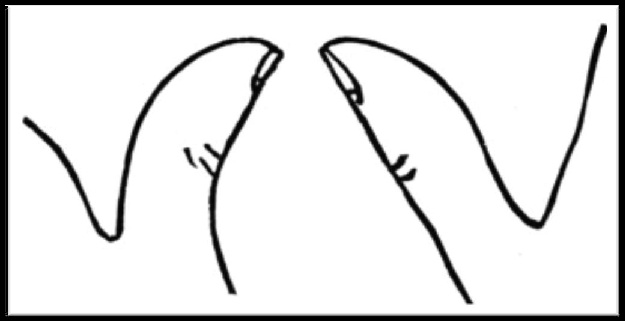
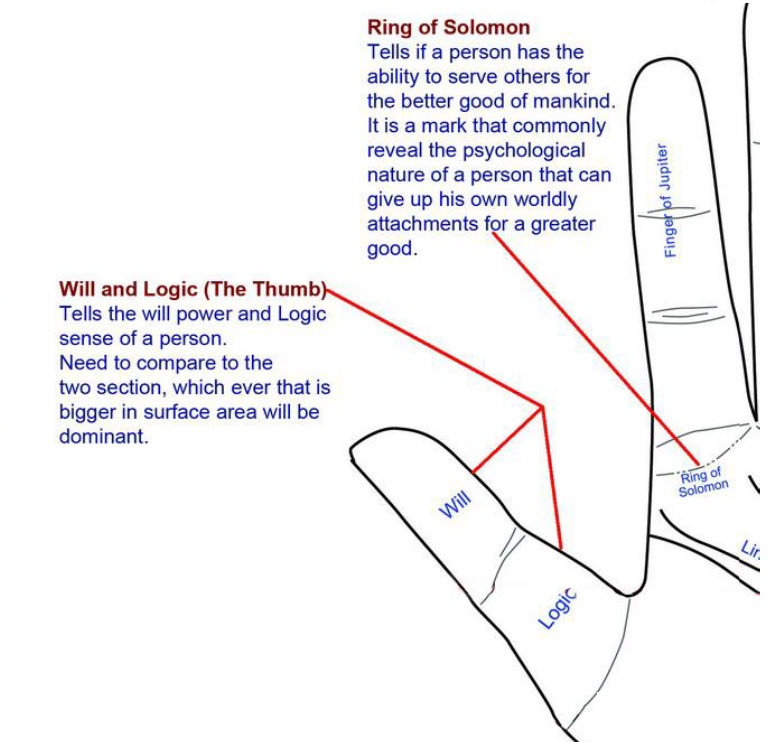
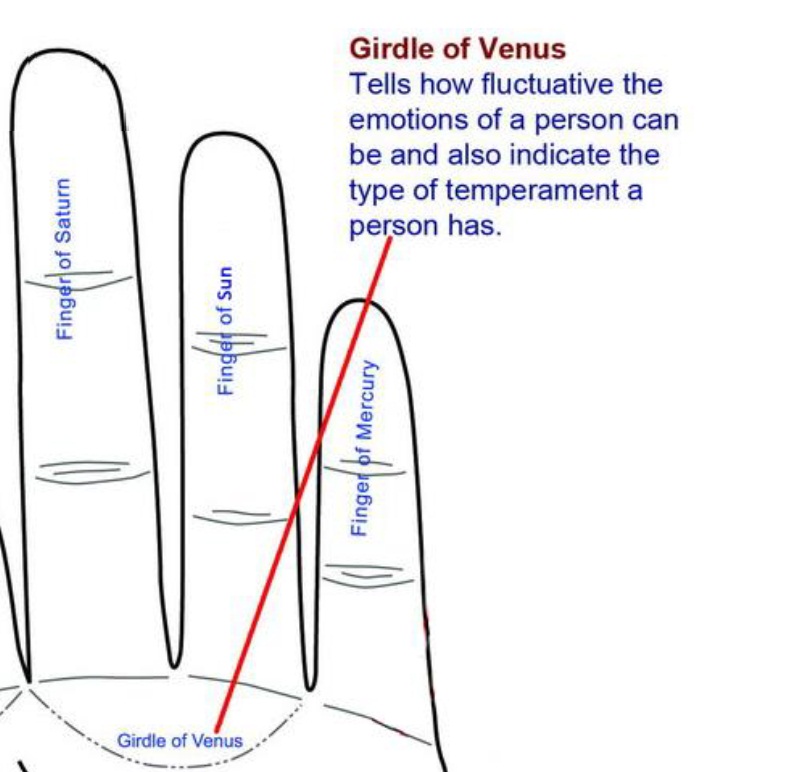
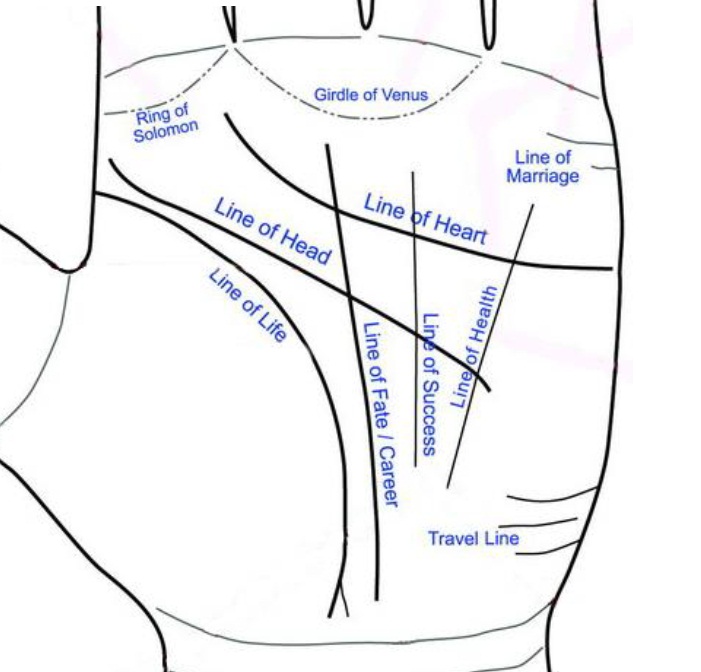
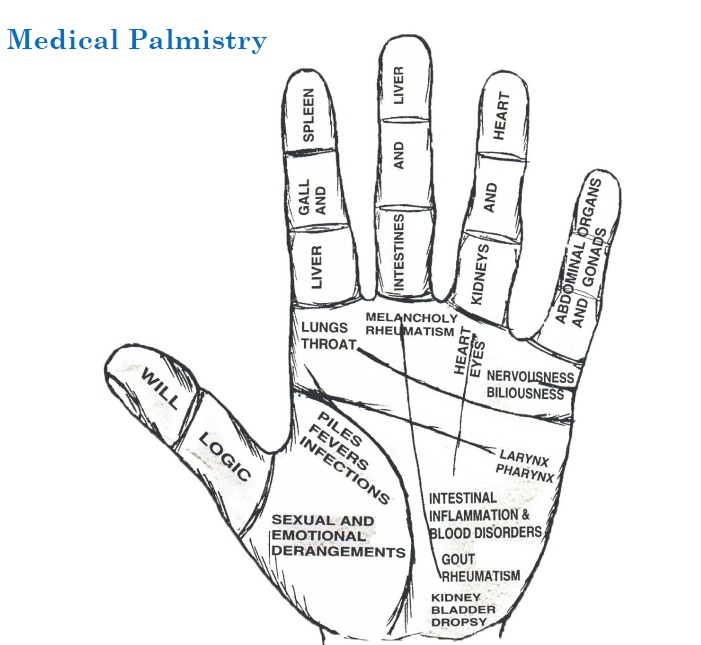

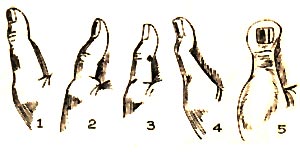
Your article helped me a lot, is there any more related content? Thanks!
I don’t think the title of your article matches the content lol. Just kidding, mainly because I had some doubts after reading the article.
I’m more than happy to find this website.
I want to to thank you for ones time just for this fantastic read!!
I definitely enjoyed every part of it and I have you saved
as a favorite to see new things in your blog.
Thanks for sharing. I read many of your blog posts, cool, your blog is very good.
Hi, I think your blog might be having browser compatibility
issues. When I look at your website in Chrome, it looks
fine but when opening in Internet Explorer, it has some overlapping.
I just wanted to give you a quick heads up! Other then that,
fantastic blog!
Look into my web page – nordvpn coupons inspiresensation – https://tinyurl.com –
Your article helped me a lot, is there any more related content? Thanks!
nordvpn promo code 350fairfax
Hi there, constantly i used to check web site posts here early in the
morning, because i love to find out more and more.
I don’t think the title of your article matches the content lol. Just kidding, mainly because I had some doubts after reading the article.
Thanks for sharing. I read many of your blog posts, cool, your blog is very good.
These substances influence the body’s capacity to synthesize protein,
recover from workouts, and increase lean muscle mass. Nandrolone Decanoate, generally
generally identified as Deca Durabolin, has had a wealthy history in the bodybuilding neighborhood
since its inception. With roots tracing again to the early Nineteen Sixties, this anabolic steroid risks steroid shortly gained popularity
among athletes and bodybuilders, eager to achieve a aggressive
edge. The initial success of the compound was as a result
of its favorable effects, such as elevated muscle mass, endurance,
and strength, which took the fitness and sports business by
storm. Deca Durabolin, often simply referred to as “Deca,” stands on the intersection of medical innovation and athletic ambition. Initially developed for
therapeutic purposes, it has turn into one of the widely
recognized and utilized anabolic steroids within the realm of sports activities and bodybuilding.
Deca Durabolin enhances nitrogen retention, will increase protein synthesis, and boosts red blood cell
manufacturing, all of which contribute to muscle growth and improved endurance.
When it comes to burning fats in bodybuilding, a mix of
heavy training and cardio is effective. Heavy weights help construct muscle and
improve power, while cardio aids in fat loss. Moreover, think
about incorporating fat-burning workout routines into
your routine. When making an attempt to deal with these estrogenic results of Nandrolone, you can do it by using
any form of anti-estrogen that you prefer.
We say this as a end result of a Deca only cycle rarely ever has
the specified effect, being a much less potent
steroid than testosterone. Since no one is aware of how the steroid will affect the physique, it’s
advised that you simply successively enhance your dosage to see what suits you greatest.
Aspect results could be minimized via careful dosage administration, an informed stacking strategy, and well timed post-cycle therapy.
The selection between Anavar and Deca Durabolin will rely
upon the individual’s goals and personal desire. Anavar is a gentle steroid that
is higher suited for people who want to build lean muscle mass and
keep away from unwanted aspect effects. Deca Durabolin is a stronger steroid that’s better suited to individuals who are trying
to build important muscle mass.
This stack has the ability to add 30-40lbs of weight gain to a user,
accompanied by 50-70lbs of elevated power on compound lifts.
By the time Dbol oral steroid cycles are discontinued on the
end of the sixth week, Deca Durabolin will be in a position to are available and make the individual stronger and his
endurance lots better. An intermediate Deca Anadrol cycle would run for 12 weeks, with testosterone enanthate taken for testosterone substitute.
Stacking could help to stop a few of its negative effects regarding sexual well being.
If you don’t then your side-effects will enhance
in depth the longer you lengthen the cycle. While stacking steroids can often lead
to amplified advantages, it’s essential to remember that it could possibly also escalate potential dangers.
The golden rule of stacking is to grasp the
individual traits of each steroid and think about how they may
interact when used together. By adopting a accountable strategy and steering clear of
probably dangerous combos, you probably can efficiently navigate your journey with Nandrolone Decanoate.
As we embark on this in-depth journey, it’s crucial to method the topic of Deca Durabolin with a balanced perspective.
While acknowledging its potent results on athletic efficiency, we should also think about the broader implications of its use – from health risks to the integrity of truthful competition. Deca is kind of regarding where impacts on the cardiovascular system
are involved, particularly with current discoveries that weren’t identified several
many years in the past. First and foremost, Deca has
proven to decrease HDL (“good” cholesterol) levels by 26% over 10 weeks of administration[14].
And, compared with Testosterone, Nandrolone tends to exhibit far worse unfavorable ldl cholesterol alterations on average[15].
If these potential cardiovascular points were not concerning sufficient,
pretty recent data has demonstrated that Deca is eleven times more damaging to blood vessels
than Testosterone[16]. All of the Progesterone and Prolactin associated issues can manifest within the form of unwanted side effects
which would possibly be similar to Estrogen – puffy nipples, gynecomastia, bloating, etc.
Typically speaking, Deca Durabolin could be very efficient in offering performance enhancing and
mass constructing positive aspects. Nandrolone is a synthetic anabolic steroid that possesses distinctive qualities and is
doubtlessly beneficial in the therapy of male health alone, or
as an adjunct to TST for hypogonadal men. Nandrolone has a comparatively long half-life
within the plasma and a strong binding affinity for androgen receptors.
The lack of conversion to DHT may mean decreased hair
loss in men undergoing TST suggesting a novel use for this medication in a
subpopulation of hypogonadal men. Nandrolone preferentially stimulates progress of skeletal muscle and
lean physique mass which will present profit in lowering components of metabolic syndrome.
Furthermore, preliminary work on nandrolone has instructed a potential position in the treatment of joint healing,
notably in rotator cuff accidents. Deca Durabolin also referred to as Nandrolone Decanoate is
a form of artificial testosterone.
The World Anti-Doping Agency (WADA) has included Deca-Durabolin on its record of banned substances.
Athletes who use this steroid threat serious well being consequences and potential disqualification from competitions.
It was indicated for the administration of anemia
of renal insufficiency and as an adjunct remedy within the therapy of
senile and postmenopausal osteoporosis. Since it enhances collagen manufacturing, it helps lubricate joints and reduce pain,
making it an excellent alternative for athletes who prepare with heavy
weights. This is why many bodybuilders use it to stop accidents and maintain their joints healthy.
When mixed with a correct food plan and coaching routine, customers can count
on to achieve lbs of muscle over a 12-week cycle.
The results rely upon factors like dosage, experience, and particular person response.
can i order generic clomiphene without insurance order generic clomiphene without rx clomiphene get cheap clomid prices where can i buy generic clomid tablets clomid or serophene for men where to get clomiphene price
The pituitary gland produces HGH and influences bone
and muscle development, amongst different functions.
Though it could promote muscle progress, it does so in several ways
than anabolic steroids. Correct testing for HGH in athletes isn’t as simple as detecting most anabolic steroids or other PEDs,
and urine testing can’t be used to detect HGH. A particular test has
been created to detect HGH in athletes, called the Human Progress Hormone (hGH) Biomarkers Check, which focuses on detecting ranges of
IGF-1 and P-III-NP.
Regardless Of this, HGH is widely out there on the black market and is usually utilized by athletes and bodybuilders seeking to improve their bodily efficiency and
appearance. Penalties for the illegal sale and distribution of steroids in China can range from fines to imprisonment.
Nevertheless, enforcement of those legal guidelines is inconsistent,
and plenty of individuals proceed to make use of and
distribute steroids without going through legal consequences.
In current years, the Chinese government has
increased efforts to crack down rich piana on steroids (Nicole) illegal steroid manufacturing and
distribution, however the demand for these substances
remains high.
They’re by no means a good choice for building muscles or energy due to
their quite a few adverse unwanted aspect effects.
Let’s take a glance at how to acknowledge a legal steroid from an unlawful one, what precautions to take if
you plan to use legal steroids, and what other proven methods you can use to construct muscle and energy.
Legal steroids, also called multi-ingredient pre-workout supplements (MIPS), are over-the-counter
(OTC) dietary supplements.
In Spain, performance-enhancing drugs (PEDs) are regulated by the Spanish Anti-Doping Company (AEPSAD).
This organization is answerable for implementing anti-doping insurance policies and conducting testing
in varied sports. Athletes caught utilizing PEDs without
a prescription could face penalties from their respective sports organizations,
together with disqualification from competitions and loss of sponsorship.
It is necessary for individuals to concentrate to the potential
legal penalties of utilizing steroids and not utilizing a
prescription and to consult with a medical professional
before using these substances. L-arginine and
20-hydroxyecdysone-containing steroid dietary supplements give
lots of the identical results as anabolic steroids, together with enhanced protein synthesis in skeletal muscle tissue.
As Soon As ingested, the physique converts DHEA to estrogen and testosterone.
DHEA has been marketed as a dietary complement since 1994 after the
passing of the Dietary Supplement Health and Schooling Act of 1994.
Regardless Of being available online and in complement shops,
DHEA is still considered a banned substance by many sports organizations.
Anabolic-androgenic medicine work by rising protein within cells, most particularly skeletal muscles.
The elevated testosterone ranges can also improve endurance capability and delay on the onset of fatigue,
enhancing the overall performance of athletes. It is important to
remember that anabolic steroids are prohibited substances and banned
by WADA.
Medical steroids are regulated by the Spanish Company of Medicines and Medical
Units (AEMPS). This organization is answerable for ensuring the safety, efficacy,
and high quality of medicines in Spain, together
with anabolic steroids. Medical professionals should obtain a sound prescription from a licensed medical
professional to use these substances, and unauthorized distribution or
sale of anabolic steroids is punishable by fines or imprisonment.
In Germany, Selective Androgen Receptor Modulators (SARMS) presently occupy a legal gray area.
SARMS aren’t classified as anabolic steroids, which are illegal without
a prescription, however they are additionally not permitted
for human use by any health authority. They are sometimes sold online as analysis chemical
compounds and are technically legal to buy and possess.
You see, anabolic steroids are a controlled substance that’s listed in Schedule I of the Controlled Drugs and Substances Act.
Steroids are labeled as managed substances in Canada and are illegal to possess.
While the usage of steroids is unlawful within the Usa and not
utilizing a prescription, there are alternative choices available for these trying to enhance their physical efficiency or muscle mass.
The use of steroids and other PEDs amongst highschool college students is a growing concern, as these
medication can have long-term health consequences for young folks whose our bodies are
nonetheless developing. In response to this problem, many highschool sports leagues have carried out their own policies to discourage the use of steroids and other
PEDs amongst their athletes. These policies usually contain testing college students for banned
substances, as properly as suspending and disqualifying
students who check positive. These insurance policies usually involve testing players for PEDs, in addition to suspending and fining players who
check constructive for banned substances.
Some folks won’t expertise any negative effects at all when utilizing
HGH. Extra critical unwanted effects are prone to occur at very excessive doses or when HGH is used regularly for years, and this is to be prevented.
HGH can be combined with nearly any anabolic steroid and used for any objective, including bulking.
HGH won’t provide you with large features however works
synergistically with your steroids to maximize results.
It also improves your results and performance by bettering recovery, enhancing joint and bone strength, and boosting energy.
Sanctions are made public and permanently documented, which might have an result on the
athlete’s future involvement and participation in sport.
It can even affect the person’s capacity to pursue certain profession paths
(e.g. regulation enforcement). Anabolic steroid use can have severe and
dangerous effects on the person’s emotional and cognitive regulation and alter their psychological responses to
situations.
Telegrass was one of the world’s largest app-based
drug markets, and, from Israel, it migrated to Germany, Ukraine, and different nations in Europe, spawning numerous copycats.
The distribution of steroids and not using a prescription, together with promoting
or distributing them to others, is punishable by up to 5 years in prison and a fantastic of up to $250,000 for a first offense.
Subsequent offenses can carry even higher penalties, including as a lot as 10
years in jail and a nice of up to $500,000.
This is the description of glad I get high on reading.
This is the kind of glad I enjoy reading.
Thanks for sharing. I read many of your blog posts, cool, your blog is very good.
azithromycin cheap – buy tetracycline online order generic metronidazole 200mg
70918248
References:
did arnold schwarzenegger take steroids (Shayne)
buy rybelsus 14mg sale – buy periactin 4 mg pill purchase periactin pills
order domperidone 10mg pills – cyclobenzaprine canada oral cyclobenzaprine
order inderal generic – order plavix without prescription methotrexate 2.5mg us
amoxil generic – buy generic amoxil over the counter combivent 100 mcg without prescription
brand zithromax – cost zithromax 500mg purchase nebivolol pills
augmentin buy online – https://atbioinfo.com/ ampicillin over the counter
esomeprazole canada – https://anexamate.com/ purchase nexium online
coumadin online – anticoagulant buy losartan generic
order mobic 15mg generic – https://moboxsin.com/ purchase meloxicam pills